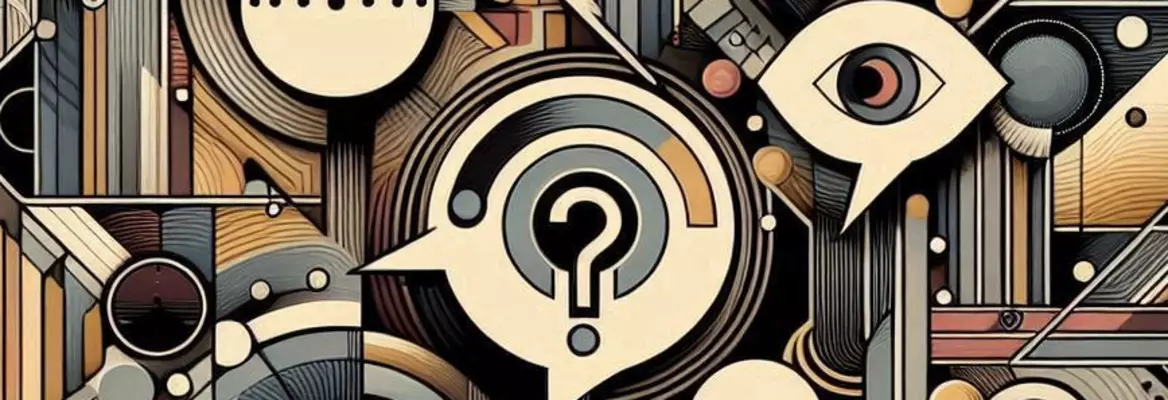The debate around free speech is back in full swing, but can you debate someone who isn't actually meaning what they say? Jennifer Saul and Ray Drainville argue that as technology and platforms evolve, so do dogwhistles, the method political actors seek to rally support and build movements that would be rejected in normal discourse. Only by studying the evolution of dogwhistles, and inoculating the public to their use, can we hope to make the marketplace of ideas free from fraud. This work is based on a recent book by Jennifer titled Dogwhistles and Figleaves.
It’s almost a cliché to talk about manipulative politicians bringing out the worst in the electorate. Can it possibly be worth discussing in yet more detail? Unfortunately, it very much is. Racial hatred and wildly implausible conspiracy theories are on the rise, and manipulative language is a key part of how they grow and spread. This isn’t an easy thing to fight, but we can’t even begin to fight it if we don’t recognise it or understand it. And this is made even more difficult by the ways that such language is constantly evolving.
___
Dogwhistles are particularly important to those whose messages might be shut out of mainstream spaces if they were noticed, so it’s no surprise that they are popular with avowed Neo-Nazis, White supremacists, and those pushing dangerous conspiracy theories.
___
A dogwhistle is a key mechanism for the spread of hatred—usually, innocent-seeming words or images that are used to transmit a more risky, widely acceptable message to a particular group. A classic example—so classic it may no longer work in the way that it once did—is to use a phrase like “states’ rights” to suggest racist views, while pretending to merely comment on American constitutional structures. Dogwhistles are particularly important to those whose messages might be shut out of mainstream spaces if they were noticed, so it’s no surprise that they are popular with avowed Neo-Nazis, White supremacists, and those pushing dangerous conspiracy theories. For example, Neo-Nazis use number codes like ‘88’ to mean ‘Heil Hitler’ (‘H’ is the 8th letter of the alphabet), a phrase that even Microsoft Word’s dictation function refuses to type.
SUGGESTED VIEWING Privilege and freedom With Lowkey , Isabel Hilton, Julie Bindel, Peter Lilley
As technology evolves, dogwhistles evolve with them. QAnon hashtags like #WWG1WGA (“Where we go one we go all”) or #thegreatawakening serve not just to transmit a message to fellow conspiracists, but—because of the way hashtags work—to allow for easy online organizing, because they help make easy to find other like-minded people. And one can exploit the affordances of an app like Instagram to conceal this yet further, using the fact that an innocent soft-focus photo will be all that’s seen by the casual viewer on one’s phone, because the hashtag only appears if one bothers to click through.

A recent billboard campaign by Neo-Nazis in Michigan made clever use of yet another technology. “Illusion Diffusion” is a new technology for making AI-generated images by combining a textual prompt and a black and white image. The black and white image is superimposed into the image generated by the textual prompt in ways that can be difficult to perceive unless viewed in just the right way, like squinting or viewing from a distance. An innocent example might involve combining a spiral with an imagined medieval village.






















Join the conversation